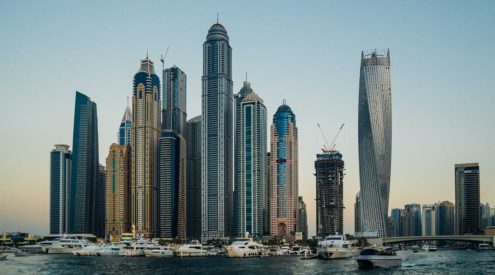There has been widespread criticism on social media of delegates arriving in Egypt for COP27 in private jets, a major (and unnecessary) carbon emitter.

The day before the conference began, hundreds of environmental activists are reported to have stormed Amsterdam’s Schiphol Airport runway on bicycles, stopping private jets from taking off.
The issue has been an ongoing discussion a topic at COP26, where estimates cite that the number of private jets used to attend the event in Glasgow last year was between 200 and 400. Some 400 private jets landed at Cairo and Sharm el-Sheikh from 40 countries this year.
Aviation is a hot topic when it comes to lowering emissions, where there are 56 countries in the world with annual per capita emissions lower than one individual flying once between London and New York. The private jets operating in the US alone generate as much carbon dioxide as half of Burundi does in a year.
At last year’s COP26, the ‘reluctance’ from poorer countries to move away from coal was viewed as an obstacle to making a meaningful change when no other alternative to development is open to them.
On this matter, two Indian scholars already commented as far back as 1991. ‘Can we really equate’, they asked, ‘the carbon dioxide contributions of gas-guzzling automobiles in Europe and North America or, for that matter, anywhere in the Third World with the methane emissions of draught cattle and rice fields of subsistence farmers in West Bengal or Thailand? Do these people not have a right to live?’
‘Humanity has a choice,’ UN chief Antonio Guterres told the summit on November 7, ‘cooperate or perish.’
Picture: Unsplash
Follow us on social media for more travel news, inspiration, and guides. You can also tag us to be featured.
TikTok | Instagram | Facebook | Twitter
ALSO READ: Tintswalo at Siankaba opens on the Zambezi in Zambia
















